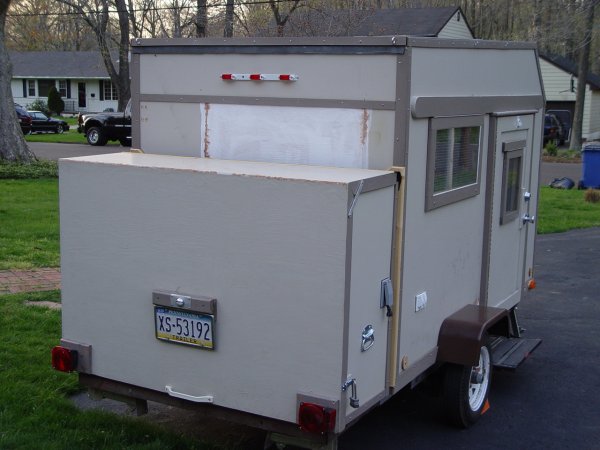Adding an air conditioner
Hello Folks!
Im planning on installing an air conditioner into my "box" thats going to be on the back of my lil vardo. Now I realize its going to be blowing out heat the back side, so Im thinking of adding a large'ish vent on the side of the box, but will that be enough for it to run right? They also draw air from the side vents right?
To give an idea of the box's placement and rough size

The backside box is going to hold my battery and the air conditioner and my galley.
Pics would really be appreciated.
deryk
Im planning on installing an air conditioner into my "box" thats going to be on the back of my lil vardo. Now I realize its going to be blowing out heat the back side, so Im thinking of adding a large'ish vent on the side of the box, but will that be enough for it to run right? They also draw air from the side vents right?
To give an idea of the box's placement and rough size
The backside box is going to hold my battery and the air conditioner and my galley.
Pics would really be appreciated.
deryk
